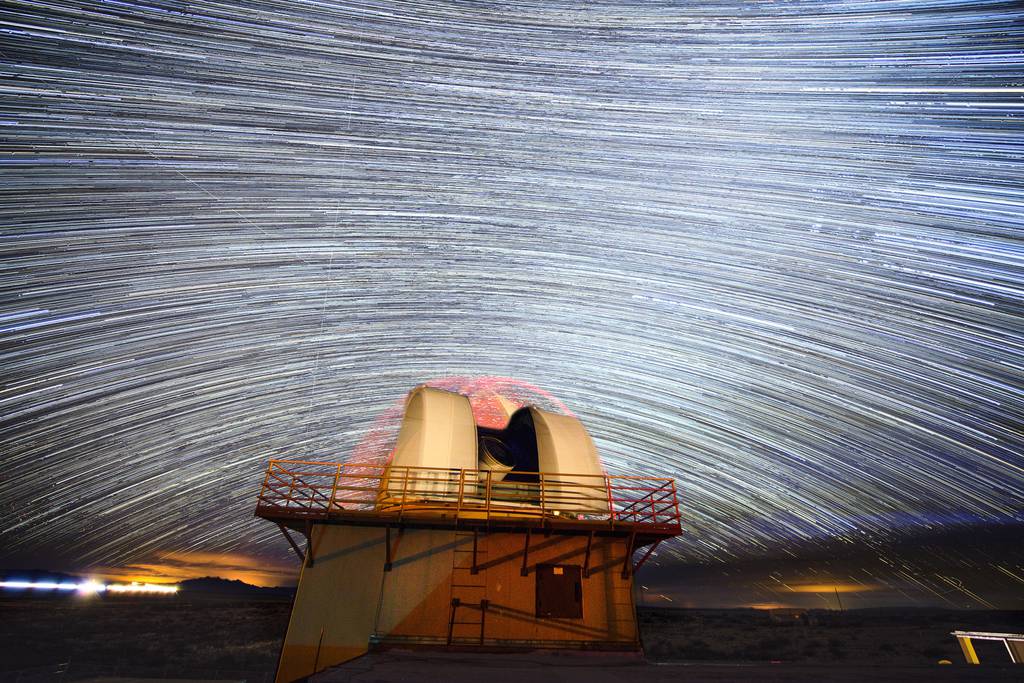WASHINGTON — The U.S. Space Force has signed a new memorandum of understanding with the National Aeronautics and Space Administration, laying out areas for collaboration between the main military and civilian space organizations within the U.S. government.
The five-page document outlines areas for collaboration, including human spaceflight, space policy, space transportation, standards and best practices for planetary defense. The agreement replaces a similar 14-year-old memorandum between NASA and U.S. Air Force Space Command, the organization that has since morphed into the Space Force.
“NASA and the military share a long history dating back to the late 1950s; there is power in our partnership,” said Space Force Chief of Space Operations General John “Jay” Raymond during a Sept. 22 Mitchell Institute event. “A secure, stable, and accessible space domain underpins our nation’s security, prosperity and scientific achievement. Space Force looks forward to future collaboration, as NASA pushes farther into the universe for the benefit of all.”
The memorandum puts increased focus on cislunar space, the area beyond geostationary orbit that encompasses activities around the moon. According to the document, both the Space Force and NASA need to increase their Space Domain Awareness of cislunar space, but are at the limits of their current capabilities.
For the Space Force, the imperative to know what’s happening in cislunar space has grown as both commercial entities, NASA, and adversary nations like China have shown increased interest in operating in that area. Part of the Space Force’s mission is to ensure freedom of action in space, and with NASA preparing to once again send astronauts to the moon through the Artemis program, the nascent service needs to have a better understanding of what is happening in cislunar space.
NASA, meanwhile, is charged with planetary defense — detecting, tracking and characterizing 90 percent of the potentially dangerous asteroids and comets that come within five million miles of the Earth.
While both NASA and the Space Force claim they have reached the limits of their current capabilities, the memorandum notes that there is significant overlap in the technologies needed to carry out those missions.
A key example is the Space Force’s Space Surveillance Telescope in Australia. Though designed to provide advanced electro-optical coverage of objects in geosynchronous orbit for the military, NASA could use that telescope for detecting near-earth objects that fall within its planetary defense mission. Under this agreement, the two organizations will work to share relevant technologies and data like the Space Surveillance Telescope that can help each fulfill their distinct missions.
“NASA’s partnerships are vital to ensuring America continues to lead the world in the peaceful uses of outer space,” said NASA Administrator Jim Bridenstine. “This agreement with the U.S. Space Force reaffirms and continues our rich legacy of collaboration with the Defense Department and provides a critical foundation to investigate areas of mutual interest for our distinct civil and defense roles in space.”
The memorandum went into effect when Raymond signed it Sept. 21.
Nathan Strout covers space, unmanned and intelligence systems for C4ISRNET.








